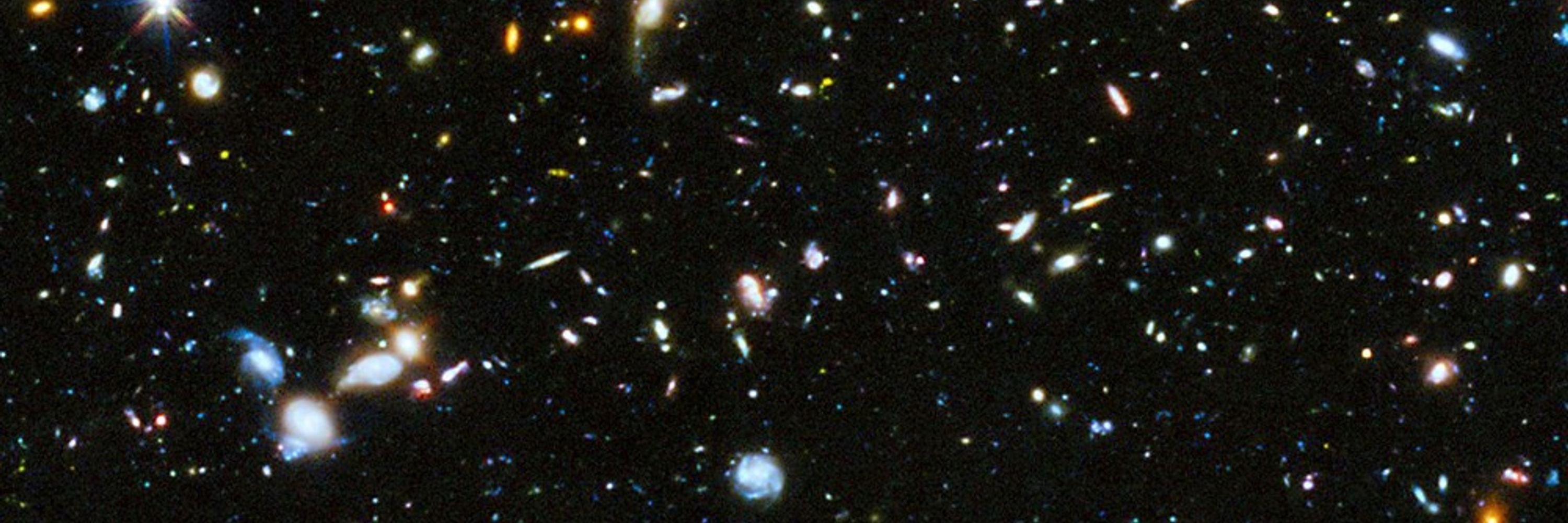
go.bsky.app/5Ab7NLu
astrobites.org/2025/11/22/b...

astrobites.org/2025/11/22/b...
astrobites.org/2025/11/21/g...

astrobites.org/2025/11/21/g...
astrobites.org/2025/11/20/m...

astrobites.org/2025/11/20/m...
astrobites.org/2025/11/19/a...

astrobites.org/2025/11/19/a...
astrosoundbites.com/2025/11/21/e...

astrosoundbites.com/2025/11/21/e...
astrobites.org/2025/11/18/s...

astrobites.org/2025/11/18/s...
astrobites.org/2025/11/17/l...

astrobites.org/2025/11/17/l...

astrobites.org/2025/11/15/b...

astrobites.org/2025/11/15/b...
astrobites.org/2025/11/14/i...

astrobites.org/2025/11/14/i...
astrobites.org/2025/11/13/d...

astrobites.org/2025/11/13/d...
astrobites.org/2025/11/12/n...

astrobites.org/2025/11/12/n...

astrobites.org/2025/11/11/t...

astrobites.org/2025/11/11/t...
astrobites.org/2025/11/10/f...

astrobites.org/2025/11/10/f...
astrobites.org/2025/11/08/h...

astrobites.org/2025/11/08/h...
astrobites.org/2025/11/07/t...

astrobites.org/2025/11/07/t...
astrobites.org/2025/11/06/r...

astrobites.org/2025/11/06/r...
We'll update our Bite accordingly.
astrobites.org/2025/10/04/n...

We'll update our Bite accordingly.
astrobites.org/2025/11/05/s...

astrobites.org/2025/11/05/s...
astrobites.org/2025/11/04/r...

astrobites.org/2025/11/04/r...
astrobites.org/2025/11/04/q...

astrobites.org/2025/11/04/q...

astrobites.org/2025/11/01/p...
astrobites.org/2025/11/01/p...
astrobites.org/2025/10/31/d...

astrobites.org/2025/10/31/d...

